Throughout history, countless wars have been fought, and much blood has been spilled. There are, however, certain men (and women) who rise above their rank and become famous for their military prowess, physical endurance, or seemingly invulnerability to death. In this article, we will explore 15 of the most famous warriors in history.
To compile a list of the most famous warriors in history, 24/7 Tempo consulted a range of historical and encyclopedic sources, including The Archeologist and War History Online. Next, we selected warriors from a wide range of cultures, ethnicities, and eras. After that, we consulted sites like Britannica to confirm specific biographical information. (If you’re looking for conquest, discover the 10 greatest warriors of all time.)
Leonidas I
One of the most famous warriors in history was Leonidas I of Sparta. Raised in the brutal, militaristic environment of Ancient Sparta, Leonidas was also the son of the great Spartan King Anaxandridas II. When he came of age, Leonidas became king himself, sharing power with King Leotychidas since Sparta always had two kings.
When the nearby Persian Empire began encroaching upon Greek territory, Leonidas I and 300 of his strongest hoplite soldiers ventured out to meet them. Known as the Battle of Thermopylae or the Battle of 300, Leonidas and the Spartans held the Persians at a small rock gap. Though they all perished in the process, catalyzing the Second Persian War, Leonidas is remembered as one of the fiercest warriors in Greek history. (For other great nobles who died fighting, discover legendary kings who died in battle.)
Ashoka
Another one of the most famous warriors in history was Ashoka. Son of King Bindusara of the Mauryan Dynasty in modern-day India, scant details remain of Ashoka’s early years. Nevertheless, he rose to power and ruled Maurya from 268 to 232 BCE. During this time, Ashoka greatly expanded his empire while spreading the message of Buddhism in the process.
He is known as a great warrior, however, due to his actions at the Battle of Kalinga. Fought against the Kalinga state in Dhauli Hills, Ashoka led his people to victory, killing some 250,000 people in the process. Though victorious, the cost of war weighed greatly on Ashoka. After that, he turned his back on war completely and became immortalized in the process.
Richard the Lionheart
Another one of the greatest warriors of all time was Richard the Lionheart. Born of royalty and eventually inheriting the Duke title for the regions of Aquitaine, Poitiers, and Normandy, Richard was no stranger to court intrigue. He first comes down through history due to the fighting over the English kingdom. Though he was defeated by his brothers in Aquitaine, Richard thereafter became heir to the throne.
When he finally sat on the throne, Richard the Lionheart had a singular focus: the crusades to conquer Jerusalem. Uninterested in England’s fate, he spent the kingdom’s coffers almost entirely on mounting Crusades. Though a lackluster king, Richard was known as the fiercest of warriors. Indeed, he died doing what he did best when he fell to an enemy sword in the Battle of Chalus.
Khutulun
Another one of the greatest warriors of all time and one of the rare female warriors was Khutulun. A Mongolian princess who traced her lineage back to Genghis Khan, Khutulun showed promise in archery, horseriding, and wrestling from an early age. So much so, that her father Kaidu brought her along to battle. Famed explorer Marco Polo described Khutulun as an agile and vicious warrior, bursting from the troop line, picking out an enemy combatant, and eviscerating them before returning to formation in a split second.
Her prowess on the battlefield was the stuff of legends. Indeed, her physical capabilities were so well-known that many suitors came from far and wide to ask for her hand in marriage. She demurred, however, insisting she would only marry the man who could defeat her in a wrestling competition. Records suggest she took on over 1000 men in this challenge, emerging victorious every time.
Alaric
Alaric was chief of the Visigoths, living between the years 370 and 410. Though he started as a Visigoth commander under Roman control, the death of Emperor Theodosius I and the promises broken by the Romans led Alaric to abandon his station. Instead, he was named chief of the Visigoth tribe and declared war on Constantinople.
With his people, Alaric conquered much of the Greek territories like Corinth and Sparta. Though Eastern Roman Emperor Flavius Arcadius named him as Master of Soldiers to quell his conquest, it did not stop the Visigoths. They continued their fight against the Romans. This crescendoed with Alaric’s siege of Rome, where he dethroned Western Emperor Flavius Honorius and held Rome for at least three days. It was no small feat considering the hitherto invincibility of the Roman Empire.
Vercingetorix
Another one of the most famous warriors in history was Vercingetorix of the Arverni tribe in Central France. Son of the previous Averni chieftain Celtillus, Vercingetorix came of age and quickly formed alliances with nearby tribes. This was a concern for Julius Caesar, who was conquering the area for the Roman Empire during this time.
Though Vercingetorix lost his first few battles against Caesar, he managed to destroy the Roman supply lines which left the Legions on unsteady ground. This led to more victories for the Averni. Vercingetorix, however, saw the writing on the wall and eventually surrendered to Caesar and was executed a week later. Though ultimately unsuccessful, Vercingetorix comes down in history as one of the few warriors to take on Julius Caesar and almost win, no small feat in Roman history.
William Wallace
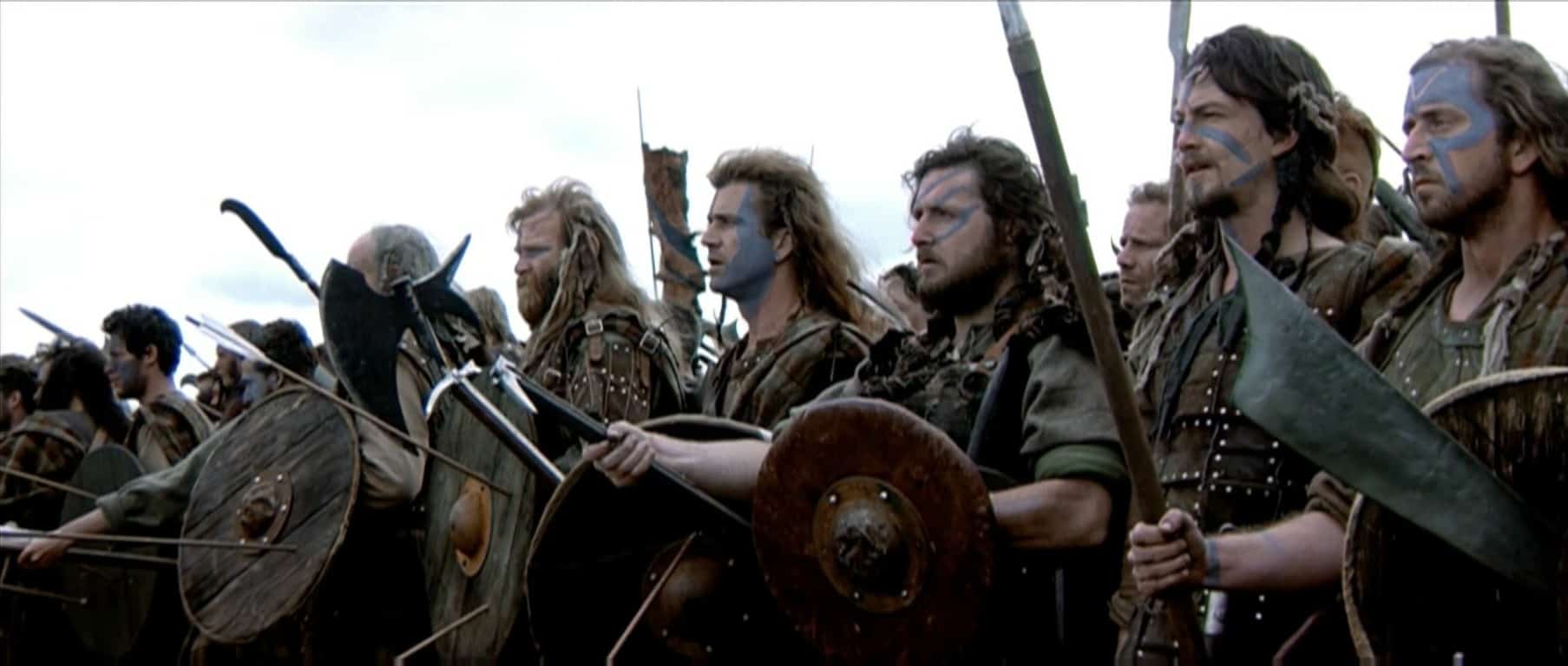
N/A
Another one of the most famous warriors in history is undoubtedly Sir William Wallace. A native of Scotland, Wallace came onto the scene after British King Edward I captured the Scottish King John de Balliol. In response, Wallace and a group of 30 men led incursions into English border towns, causing havoc and even killing a Sheriff. This success led Wallace and his company to venture further into England.
His most famous moment, however, came with his victory for Scotland at the Battle of Sterling Bridge. Upon returning home, he was knighted as Guardian of Scotland. Wallace managed to hold off King Edward I for a while until he was betrayed. This led to his execution and disembowelment, with his limbs being splayed in various English towns. Scotland had the last laugh, however, as Wallace’s ally Robert the Bruce eventually won independence for Scotland.
Yueh Fei
Another one of the most famous warriors in history was the Chinese Yueh Fei. He came of age during great strife in China, with the Tungus Juchen of the Jin Dynasty controlling most of northern China. As the military commander for Emperor Gaozong, Fei showed his great tactical abilities in stopping Tungus Juchen’s forces from incurring deeper into China.
Fei was so successful in his tactics that he could reconquer all of China for the Emperor. This, however, did not sit well with Prime Minister Qin Hui. He soon went behind the back of his dynasty and allied with the Jin Dynasty. Thereafter, Fei was imprisoned and executed to appease the enemy Jin Dynasty. Nevertheless, his reputation grew as time went on. Nowadays, Fei is seen as a heroic symbol of bravery in the face of enemy invasion.
Miyamoto Musashi
Another one of the most famous warriors in history was Miyamoto Musashi. A samurai ronin, Musashi served no Lord, territory, or had any affiliation. He was a roving mercenary and adept with a samurai sword. Also a skilled artist, Musashi often went by his pen name Niten. He took his first life at the tender young age of thirteen. This kickstarted a fighting career that ostensibly ended after his defeat at the Battle of Sekigahara.
Next, Musashi created an innovative sword-fighting technique called “nito ichi-ryu” or Kensai, which is fighting with two swords. Musashi’s next famous moment came when he defeated fellow swordsman Sasaki Kojiro using only a wooden oar. After that, Musashi retired from fighting and wrote his memoirs, which come down through history to us as the ‘Book of the Five Rings.”
Audie Murphy
Another one of the most famous warriors in history, and perhaps the most recent, is American Audie Murphy. Born in Texas, Murphy famously falsified his birth certificate to fight in the then-raging World War II. A ferocious warrior without an ounce of fear, Murphy is remembered for his gallant fighting in various battles in the European theater.
His first well-known battle was at Yellow Beach. There, his best friend was killed by Germans who falsely surrendered. In response, Murphy killed six of them, wounded two, and imprisoned 11 more all by himself. His next famous moment came when he ordered his troops to retreat while he hopped on a burning tank destroyer and held the border against enemy tanks, killing 50 German soldiers in the process. For his service, Murphy became one of the most decorated American soldiers of the war, earning countless medals, including the highest military honor: the Congressional Medal of Honor.
After the war, Murphy went on to have a successful career as an actor. He most notably appeared in famous war movies like “The Red Badge of Courage,” “To Hell and Back,” and “The Quiet American.” Though he was a great warrior, he also became a noted anti-war activist in later years, speaking often about his experiences with Post-Traumatic Stress Disorder and encouraging help for wounded veterans.
Sun Tzu
Perhaps one of the most famous warriors in history, and one most known by modern audiences, was Sun Tzu. Serving as both a general and military tactician under the Wu state, Tzu learned countless strategies due to the unique seven-state war in China at the time. Though his most notable achievement came with his victory at the Battle of Boju, where the Chu state capital city was conquered, Tzu was impressive overall.
This is because it is said Tzu never lost a battle in his forty-plus years as a general. After his military service, Tzu set about writing the first treatise on War and quite possibly the most famous battle manual of all time, “The Art of War.” An encyclopedia of war tactics, subterfuge, and philosophy, the book was used in later centuries by famous leaders. People like Mao Zedong and China’s first Emperor Shi Huangdi credited the book with helping them achieve military success.
Hannibal Barca
While he comes down through history to us as a noted conqueror, Hannibal Barca was an equally famous warrior. Born into Carthagian royalty, Hannibal’s fate as a forever enemy of the Roman Empire was sealed from birth. He rose to the occasion, however, and became possibly the biggest thorn in the Roman Empire’s side in history.
First, he set about capturing regions in modern-day Spain. There, he married the Spanish princess Imilce and defeated neighboring tribes, the Olcades and the Vaccaei. After that, he set about invading nearby Gaul, defeating their ambushes and retaining the majority of his troops in the process. Besides his warrior prowess, Hannibal is known for his military strategy. This is evident in his ability to transport elephants, horses, and other battle ephemera through much of Europe.
Finally, he fought against the Roman Empire. Though he fought valiantly, Hannibal and his army were ultimately no match for Rome’s might. The Romans made a treaty between them and Carthage but only saw Hannibal as a threat. After facing ridicule from his troops due to their losing position, Hannibal committed suicide to avoid being captured by Roman forces.
Tueta
Another one of the most famous warriors of all time was the Pirate Queen Tueta. Also known as Tuetana, mistress of the people, she was married to the Illyrian king Agron. After he died, she took over the rule of Illyria, expanding its territory in the Adriatic Sea. Nowhere in the area was safe, as Tueta consistently raided towns and seaports alike, which attracted the attention of the nearby Roman Empire.
After she killed an emissary sent by the Romans, she got green-lit by the powerful empire. In response, the Romans sent a large army to confront her. Realizing she was no match for them, Teuta begrudgingly admitted defeat and accepted the peace treaty offered by the Romans. Nevertheless, she is remembered as a fierce warrior and pirate in a time without many female leaders. (For other great female leaders, discover more warrior queens who led their armies.)
Miltiades
As evident by his militaristic-sounding name, it’s no surprise that one of the most famous warriors in history was Miltiades. Son of the Athenian noble Cimon, Miltiades eventually became known as a tyrant after he took rule of the Chersonese state. A hermetic, if not mercurial, king, Miltiades was known for locking himself in his palace to avoid his subjects. He also locked away countless elders of the territory who attempted to manipulate his power.
Miltiades redeemed himself in the eyes of his people, however, later. This came when he fought in the Battle of Marathon as a double agent for the Greeks since he was technically a vassal king for the Persian Empire. Instead of relying on the traditional Greek fighting formation, he innovated by emphasizing the flank troops. The Persians were quickly overwhelmed, and having secured victory for Greece, the exiled king Miltiades marched into Athens triumphant.
Basil II
Another one of the most famous warriors in history was Basil II of the Byzantine Empire. Along with his brother Constantine, Basil II became co-emperor of the Byzantine Empire at a young age. He learned statesmanship quickly, however, and expanded the territory of the empire far and wide. Some of the areas he conquered include modern-day Armenia and Georgia.
In truth, however, Basil II was also known as a vicious, if not merciless, warrior and ruler. He banished and killed family members and, most notably, blinded over 100 Bulgarian soldiers in one eye as a show of his cruelty. Nevertheless, Basil II’s rule has come down in history as a notable expansion of an empire thanks to a warrior-like spirit. (If you still haven’t got your fill of warriors, discover 30 more legendary warriors throughout history.)
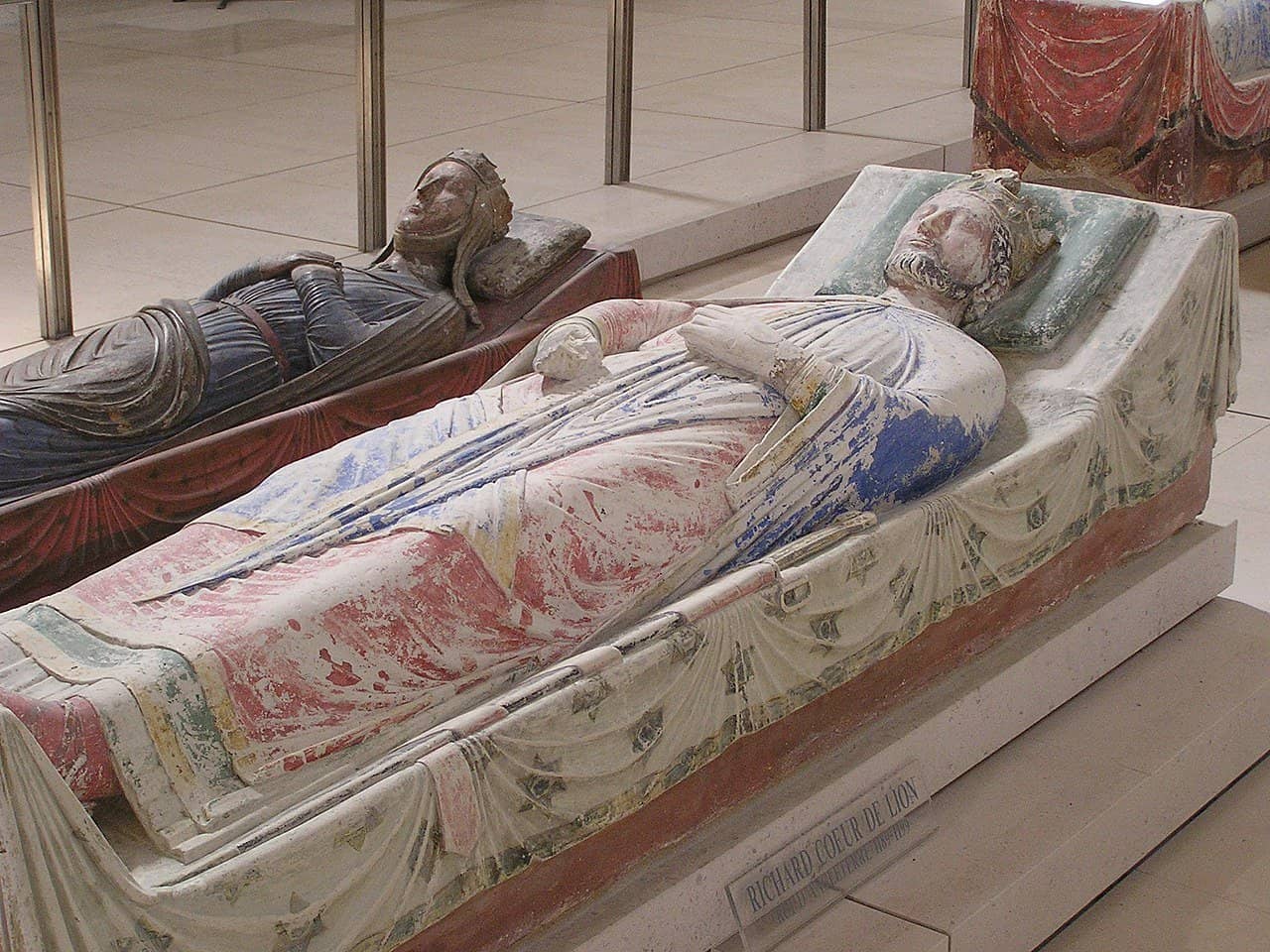

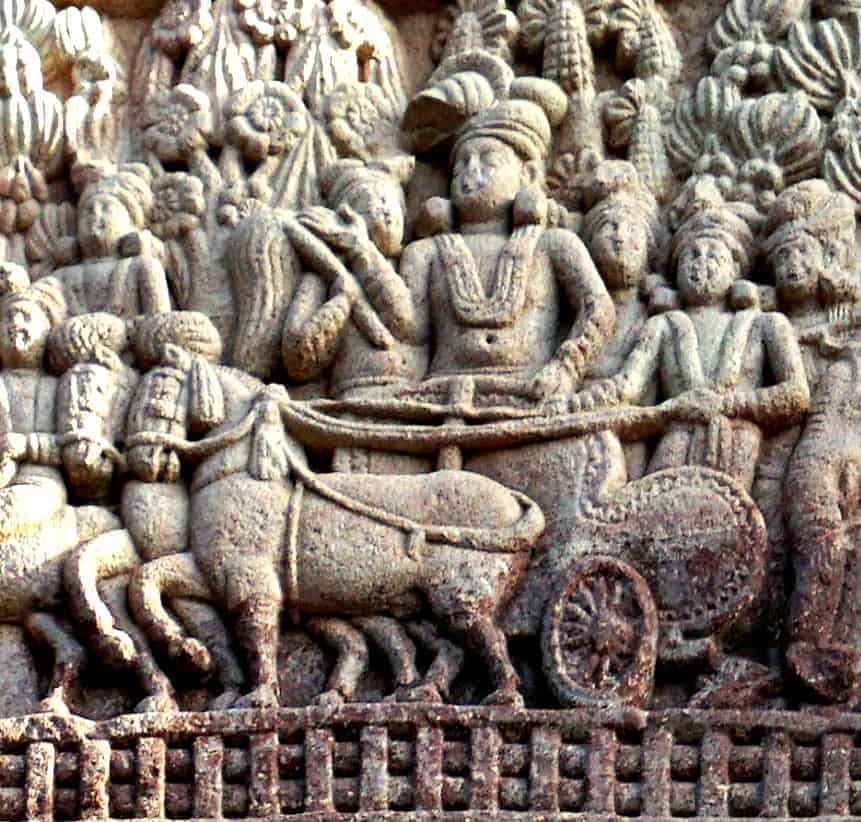
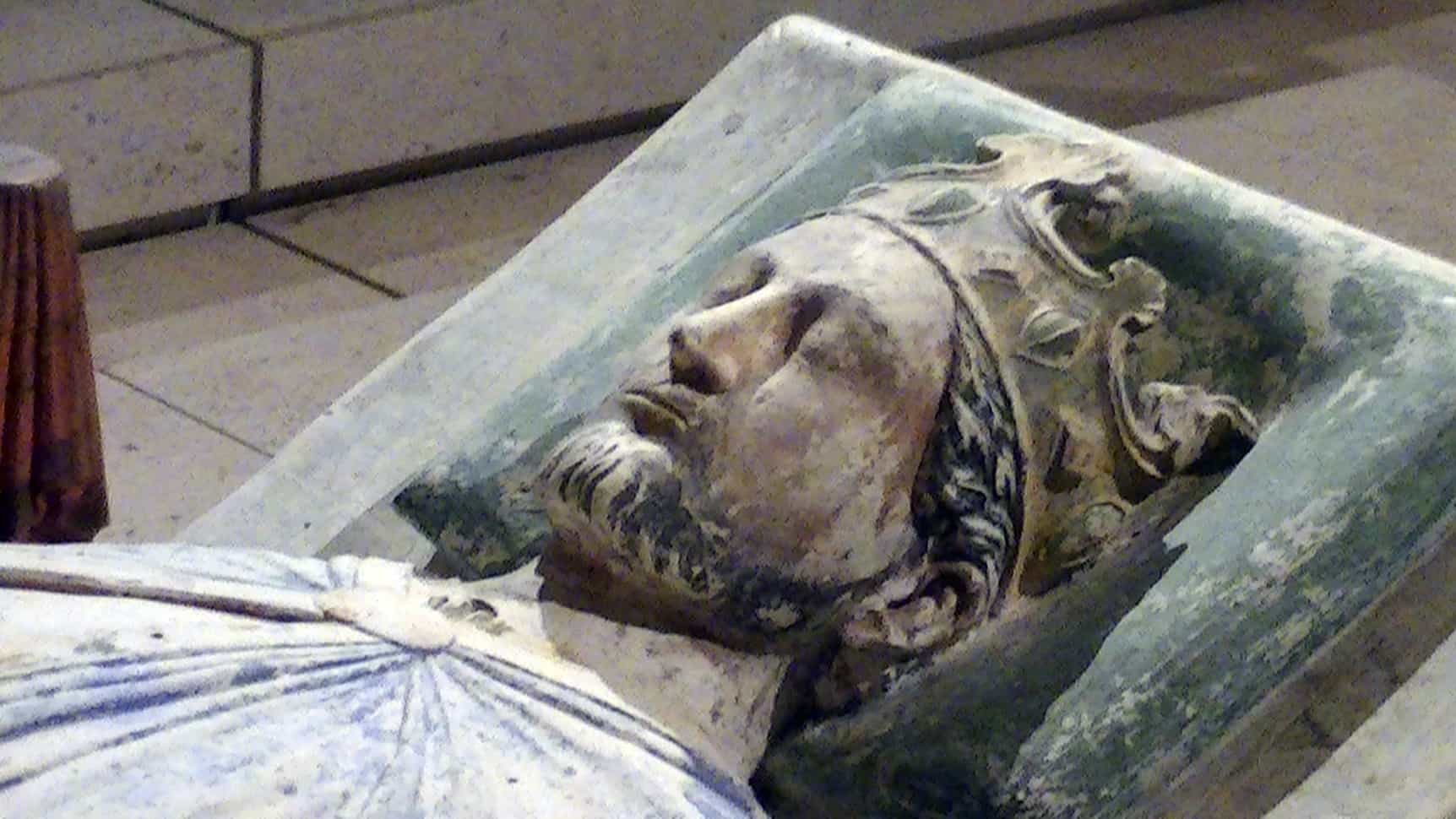
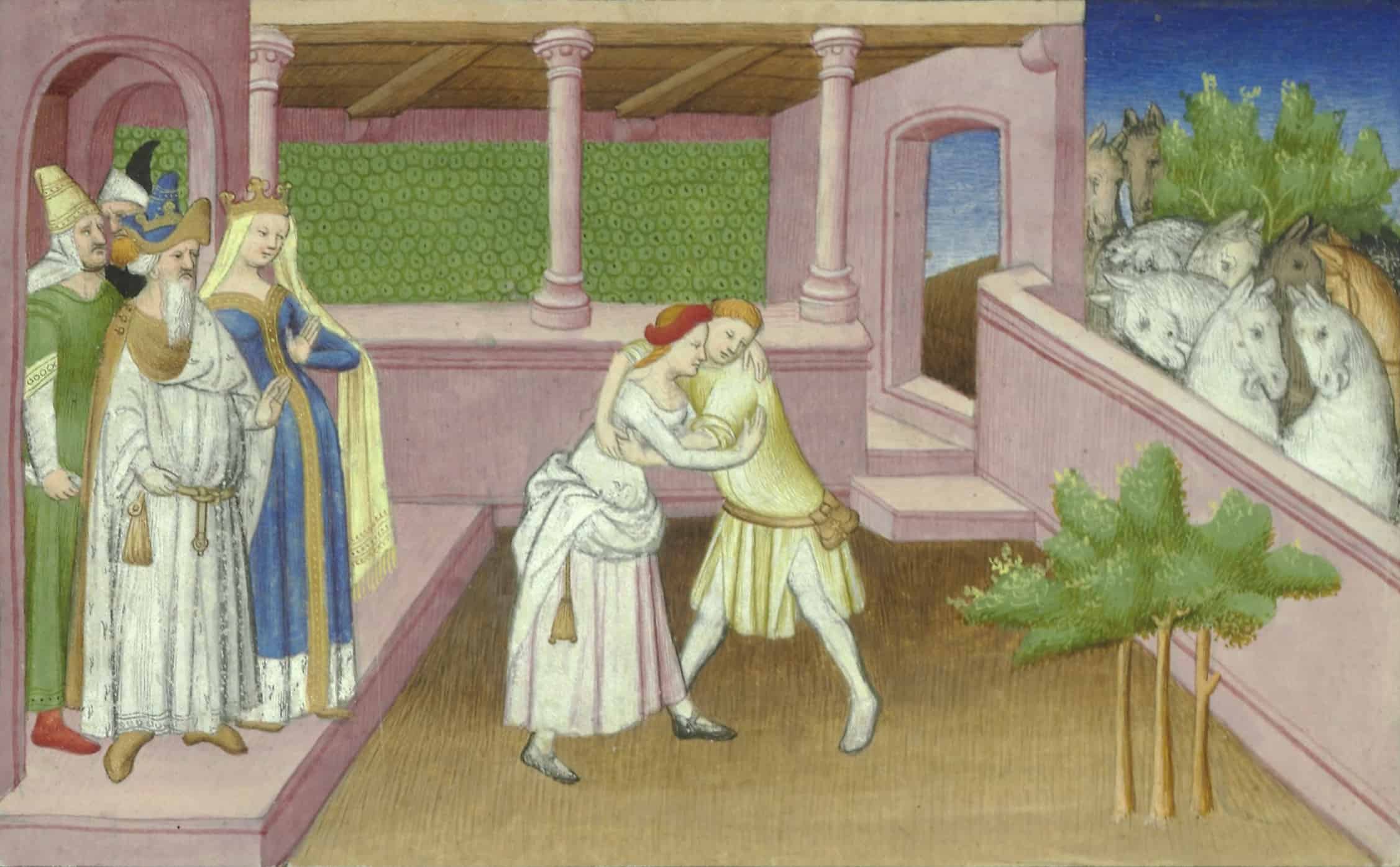
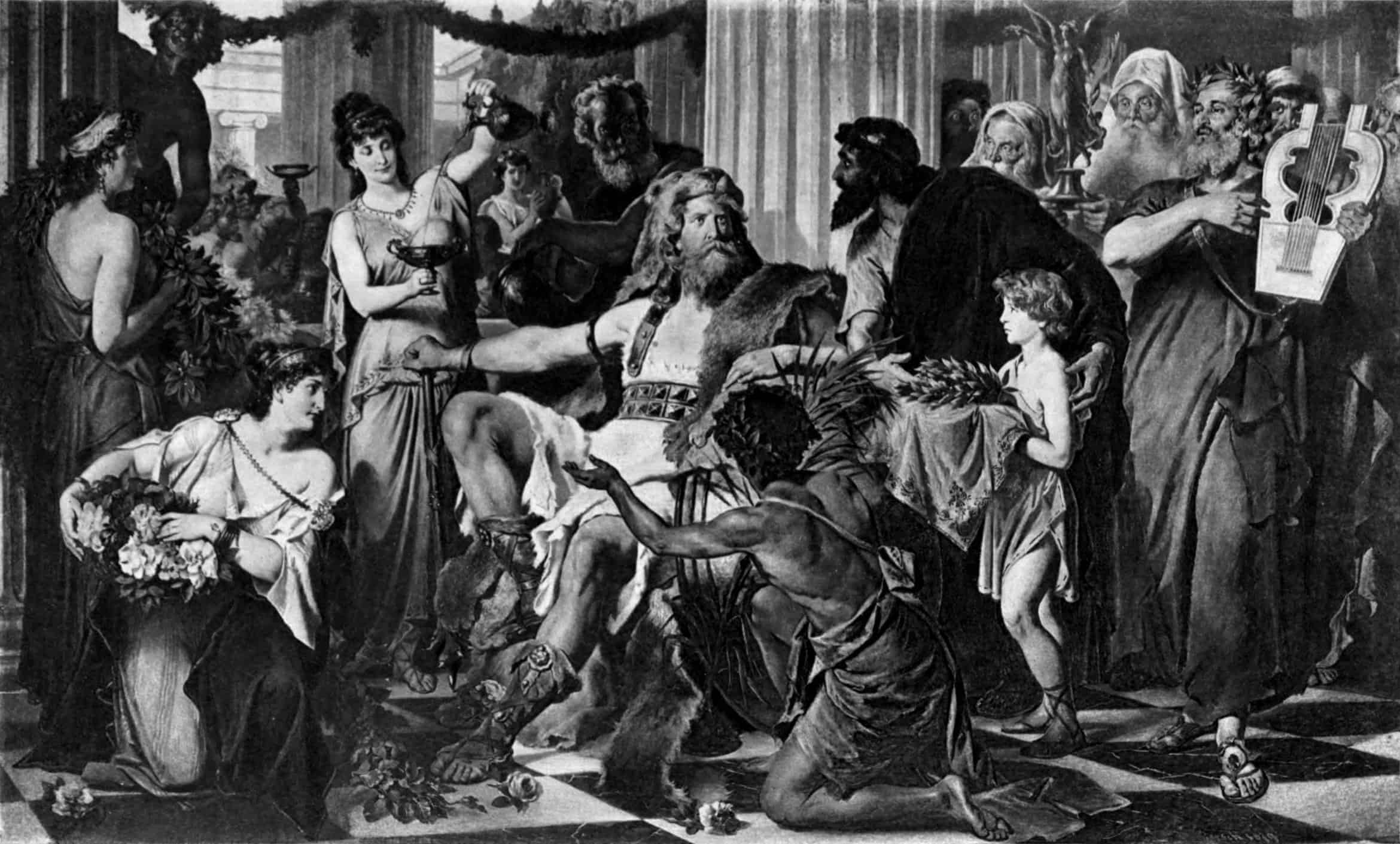
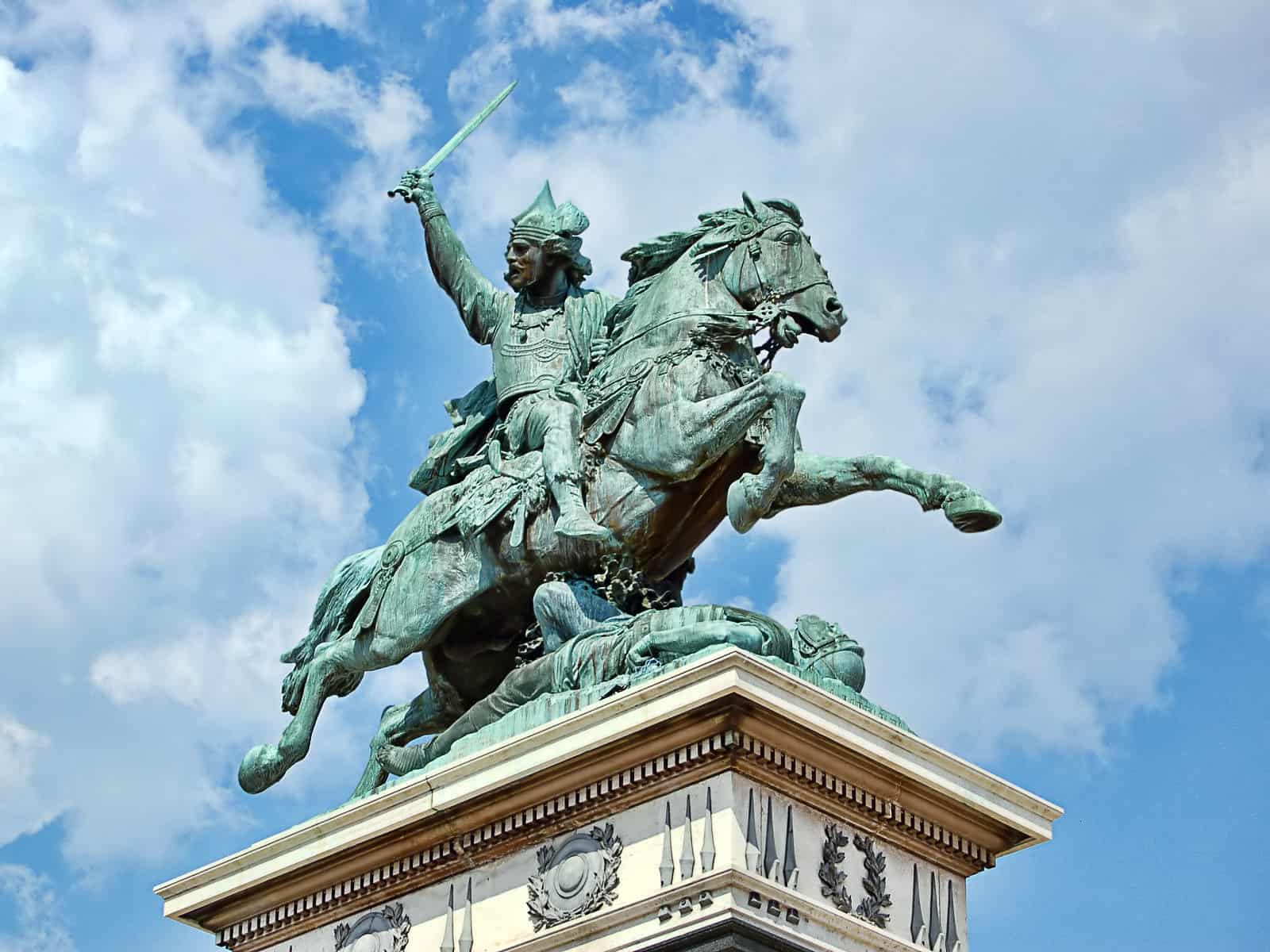
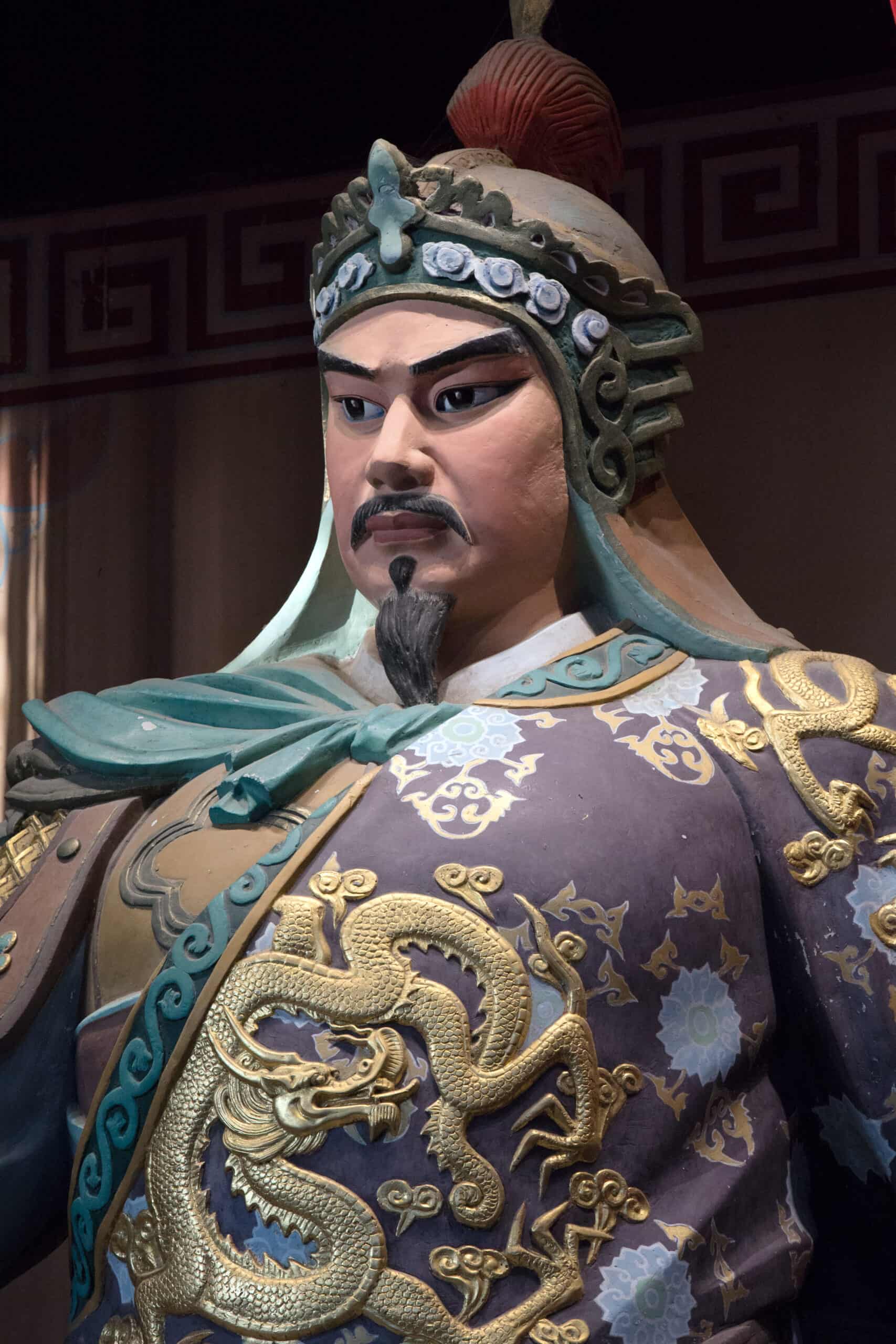

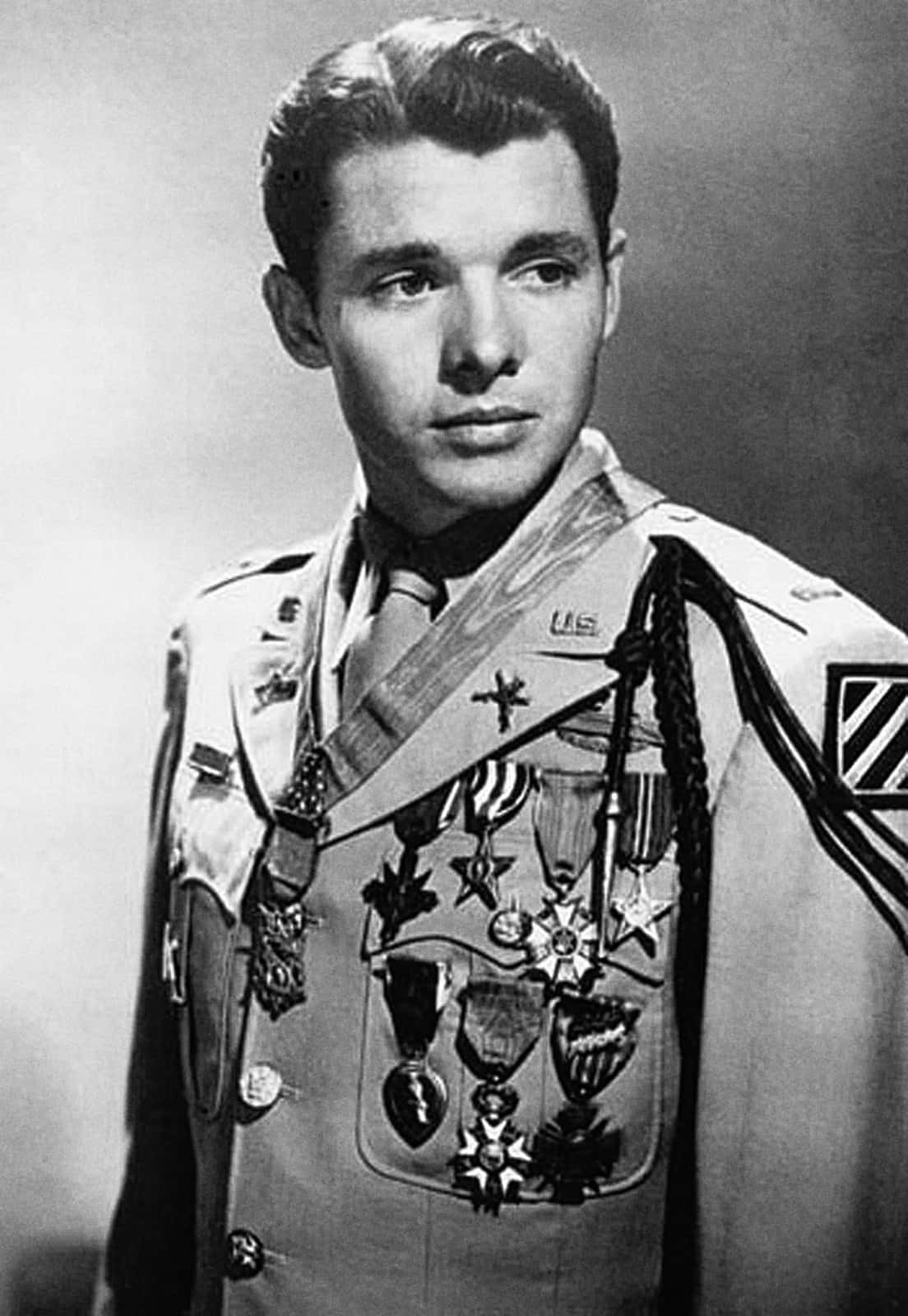

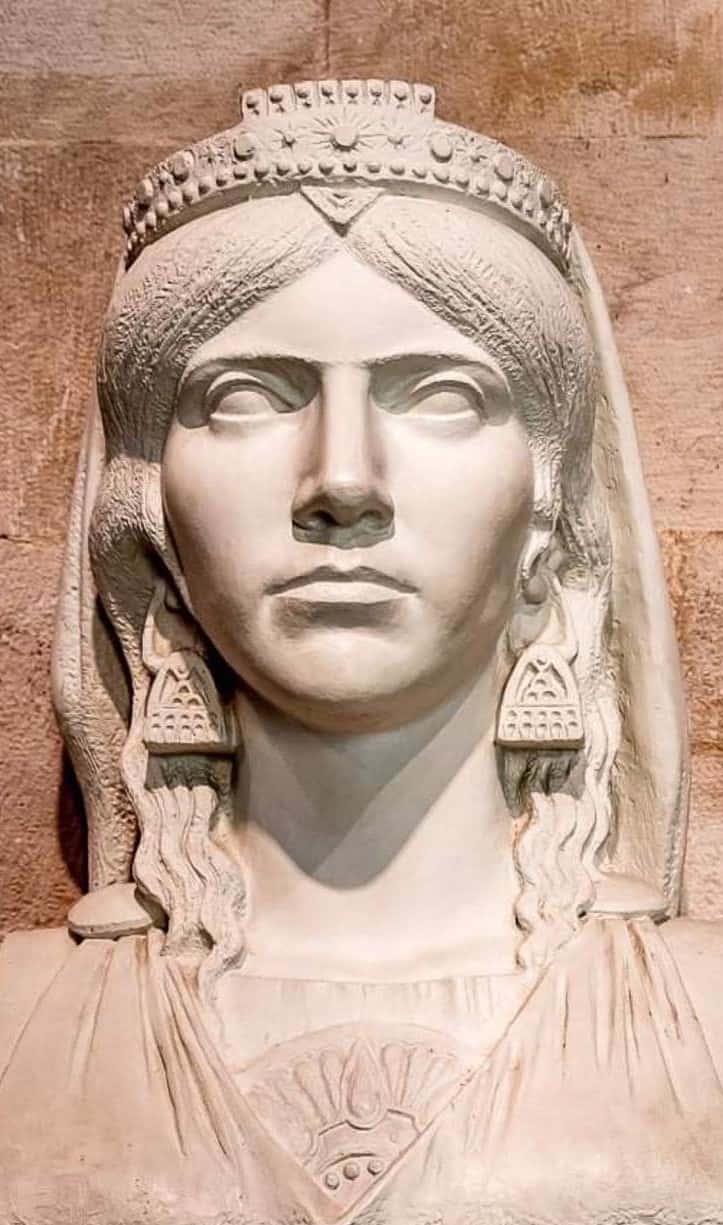
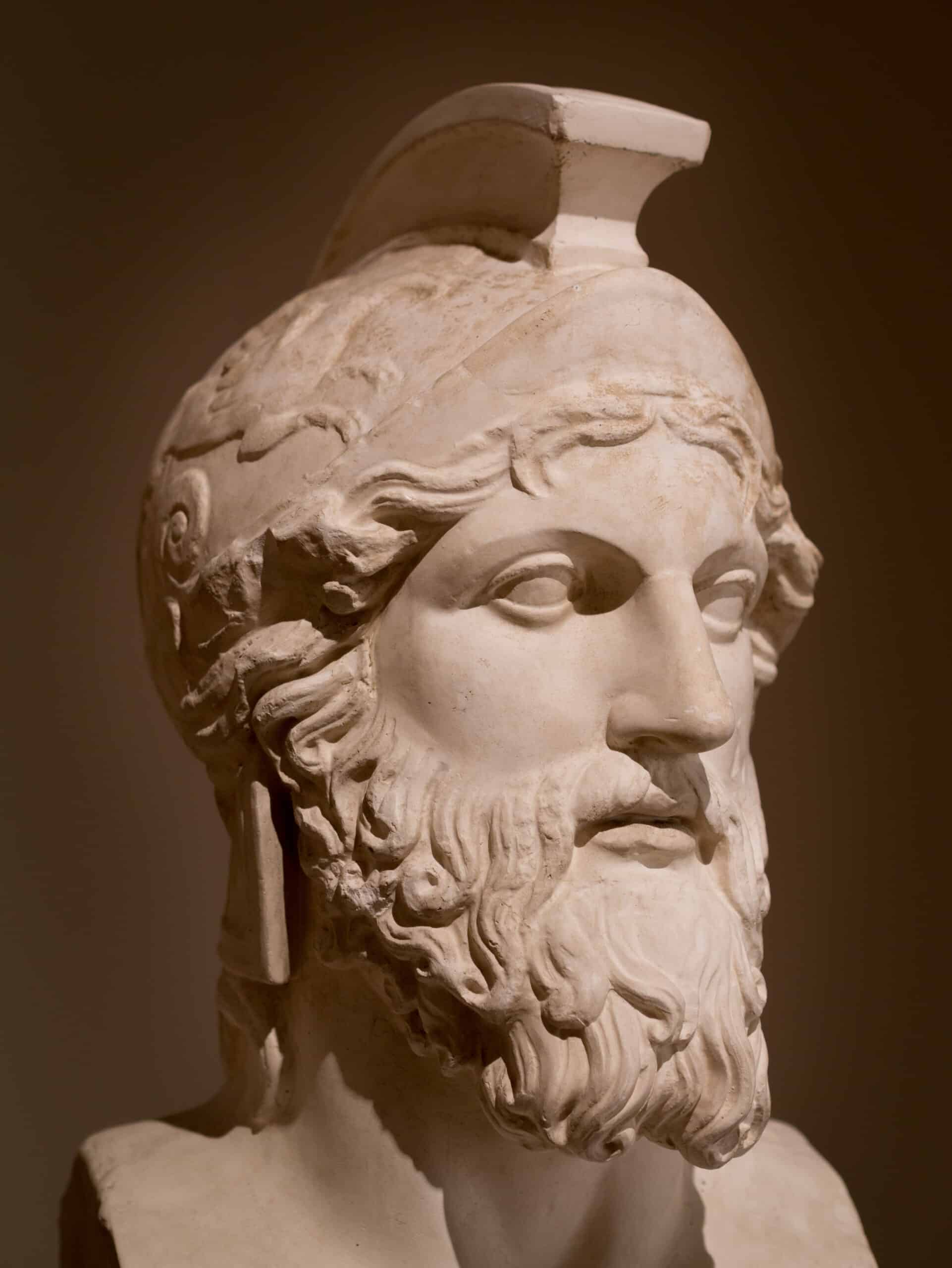
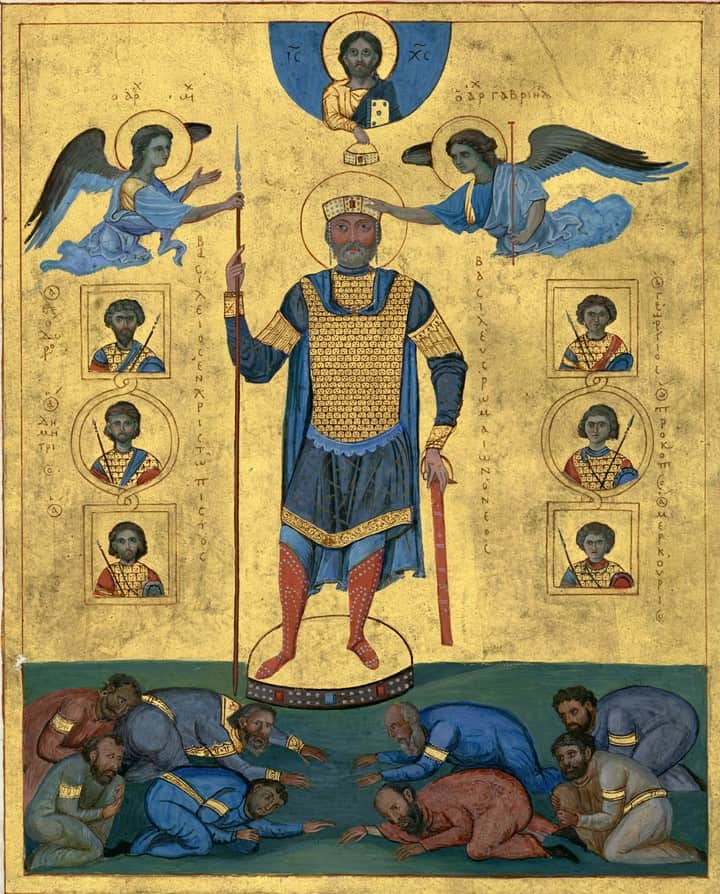
A glass plate photograph of the marble bust of Hannibal Barca. The bust of the Carthaginian general was discovered in the Italian city of Capua in 1667. The Roman era bust was made between the 1st century BC and 4 century AD (I sec.a.C.- IV sec. d.C.). It is preserved in the National Archaeological Museum of Naples. The photograph was taken by Fratelli Alinari in the National Archaeological Museum, Naples, Italy, circa 1900.